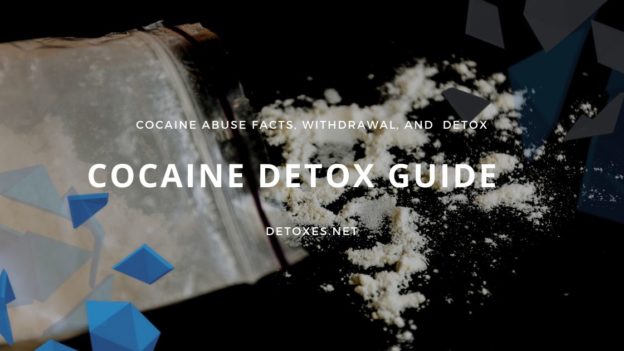In the United States, cocaine gained popularity in the 1970s thereafter followed by the “crack” cocaine wave of popularity in the 1980s (Reinarman & Levine, 1997). According to the Center for Behavioral Health Statistics and Quality, the 2015 National Survey on Drug Use and Health (NSDUH) showed the following:
- 4% of the American population started cocaine use in the past year
- The number of cocaine deaths from overdose has steadily increased since 2012
- There has been a 61% increase in cocaine users since 2013
Cocaine acts as a stimulant, also known as an “upper.” It stimulates a user and causes euphoria or a “high.” It does so by increasing the relative amount of circulating brain neurotransmitters such as dopamine, norepinephrine and serotonin (Ciccarone, 2011). Dopamine, in particular, is associated with euphoria and acts on the reward center of the brain. These pleasurable effects are short-lived and soon disappear before the concentration of the drug in the blood drops. Cravings set in relatively quickly in order to avoid a “low” or withdrawal.
Long-term use of cocaine has dire consequences. In an unlucky individual, even one “hit” could cause complications. Examples include (Ciccarone, 2011):
- Hallucinations
- Seizures
- Myocardial infarction or heart attack
- Arrhythmias or abnormal heart rhythm
- Hypertension or elevated blood pressure
- Renal/kidney failure
- Perforated nasal septum
- Acute shortness of breath and pulmonary oedema




